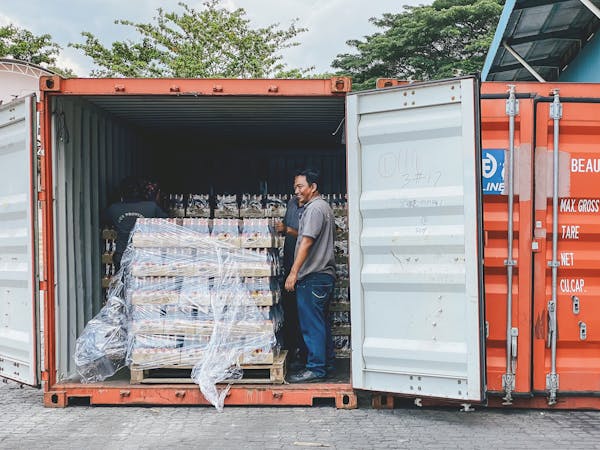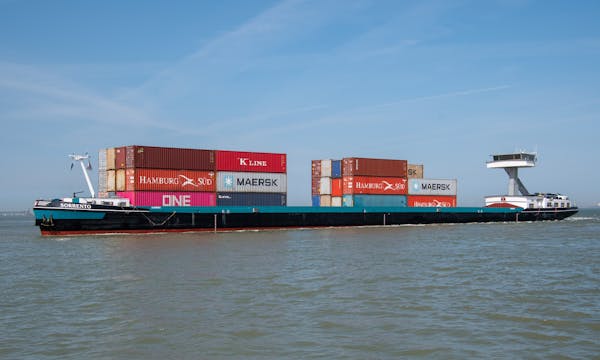Shipping a Fume Hood from Guangzhou/Shenzhen, China to Nashville, TN, USA: FCL, LCL, and Packaging
Shipping Options: FCL and LCL
There are two main shipping options available for sending goods from China to the United States: Full Container Load (FCL) and Less Than Container Load (LCL).
Full Container Load (FCL)
When shipping a large volume of goods, an FCL is often the most efficient and cost-effective option. In this case, if the fume hood can occupy an entire 20-foot or 40-foot container, it is ideal to opt for FCL shipping. The container is loaded directly with the equipment, and the entire container is shipped directly to the port of destination, in this case, Nashville.
The typical sea freight duration for FCL from Guangzhou or Shenzhen to Nashville is approximately 23 days, depending on the shipping route and sea conditions. Once the shipment reaches the port, the cargo will undergo customs clearance before being delivered to the final destination.
Less Than Container Load (LCL)
For smaller shipments or when the fume hood does not occupy a full container, the LCL option is more suitable. LCL shipments consolidate multiple smaller shipments into a shared container, reducing shipping costs for clients who don’t need an entire container. However, LCL may require additional handling time since the cargo needs to be consolidated with other goods at the port of origin and then deconsolidated at the destination port.
The sea freight time for LCL shipments is also around 23 days, but it may vary based on factors such as container loading and unloading schedules.

CIF Shipping (Cost, Insurance, and Freight)
For both FCL and LCL shipping, the CIF (Cost, Insurance, and Freight) shipping term is often used. Under this agreement, the seller is responsible for the cost of goods, freight charges, and insurance until the goods reach the port of destination. The buyer, on the other hand, is responsible for import customs clearance, taxes, and final delivery to the specified address in Nashville.

Packaging of Fume Hoods for Safe Transit
Fume hoods, being delicate and high-value laboratory equipment, require special attention when it comes to packaging. Proper packaging ensures that the equipment arrives safely and in good working condition. Here’s how a fume hood should be packaged for international shipping:
Protective Wrapping: The fume hood should be wrapped in bubble wrap or foam sheets to protect its surface from scratches, dents, and other types of physical damage during transit. The internal parts of the fume hood should also be secured to prevent movement inside the packaging.
Wooden Crates: For maximum protection, fume hoods are typically placed inside sturdy wooden crates. These crates act as a strong barrier against external impacts and help keep the equipment steady and immobile during the long journey at sea. Wooden crates are particularly important for FCL shipments where the cargo might experience significant movement during loading and unloading.
Customs Labels and Documentation: To ensure smooth customs clearance, all necessary documentation, such as the commercial invoice, packing list, and any certifications or inspection reports (e.g., for hazardous materials), should be securely attached to the outside of the crate. This will streamline the process once the shipment reaches the United States.
Sealing and Cushioning: To minimize the risk of moisture or environmental damage, consider adding moisture-absorbing materials (desiccants) inside the crate. This is particularly important for long transit times where the goods may be exposed to humid conditions during shipment.
Clear Identification: Label the crate with clear handling instructions such as “Fragile,” “This Side Up,” and any relevant safety markings. This ensures that the fume hood is handled properly throughout the journey.



